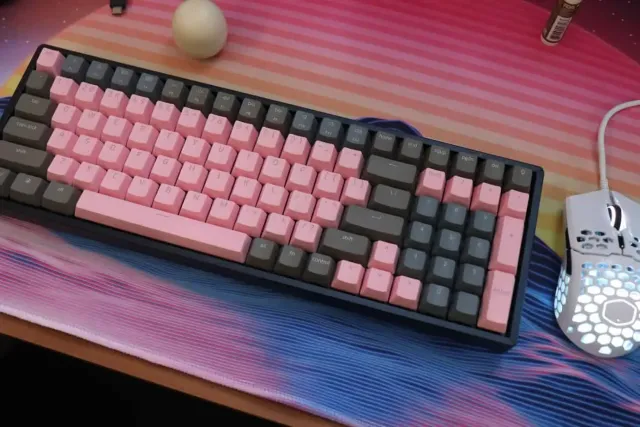
It’s time to make your first forex transaction after you’ve mastered the fundamentals. Before you can start trading, there are a few things you need to do. Those include:
Step1. Choose a currency pair.
Exchanging one currency for another is a fundamental part of trade fx. The idea is to always buy one currency while simultaneously selling another. When trading in Fx, you must do it at the same time.
To trade currencies, you must have sufficient funds in your account.
Step2. Perform a market analysis
Your trading activities should be based on thorough research and analysis. Without this, you’re relying solely on your emotions to make decisions.
When you initially start trading in forex, you’ll come across a flood of options that might be confusing. There are excellent currency pairs that stand out from the others while researching a specific currency pair. Look at current and historical charts, keep an eye on the news, and check indicators to see if there are any economic announcements that affect the currency prices.
Step3. Check the quote
There are two prices displayed for currency pairings, as you may have seen. This is an example of a EUR/USD quotation.
You can sell the currency pair at the first rate (1.07173). You may buy the currency pair at the second rate (1.07191). It’s termed a spread when the first and second rates are different. A dealer’s commission is the fee they charge for completing the transaction.
Dealers’ spreads will differ. Competitive spreads are available on a trading website’s vast selection of currency pairings.
Step4. Decide where you want to stand.
You know that you can only trade in one direction with stock, bond, or rest financial product trading: up.
In the world of foreign exchange, things are a little different. Trading up and down in the market is possible since you purchase one currency and sell another simultaneously.
When you take a BUY position, you’re betting that the value of the base currency will rise over time in tandem with the quotation currency. Because the euro’s value is rising against the dollar, you’re betting on it. Essentially, you believe the euro is headed higher (and the US dollar is bearish).
You believe that the base currency’s value will decline compared to the quote currency. To sell EUR/USD, you believe that the euro will fall in value when compared to the dollar. As a result, you feel that the euro is in a negative trend (and the US dollar is bullish). This worldwide market is extremely liquid, with an enormous daily volume in trade fx or currency trading.
Benefits
For five days, the market is open nonstop.
Because the forex market is global, trading may go on at any time as long as a market is open someplace. The first major market in Sydney, Australia, began trading at 5 p.m. Eastern time on Sunday when the trading hours in the United States began. The major market, New York, shuts at 5 p.m. on Friday, ending the week’s trading.
A large amount of money is readily available.
It is the capacity of an asset to be easily turned into cash that is referred to as liquidity. Liquidity in the forex market means that a considerable amount of money may be exchanged between currencies with relatively modest spreads due to the discrepancies between the bid and ask prices for prospective buyers and sellers.
There are no transaction fees.
Typically the spread is used in the forex market to build the transaction cost according to the price of a currency pair. Spreads are a form of compensation that forex brokers receive for the services they provide to their clients.





